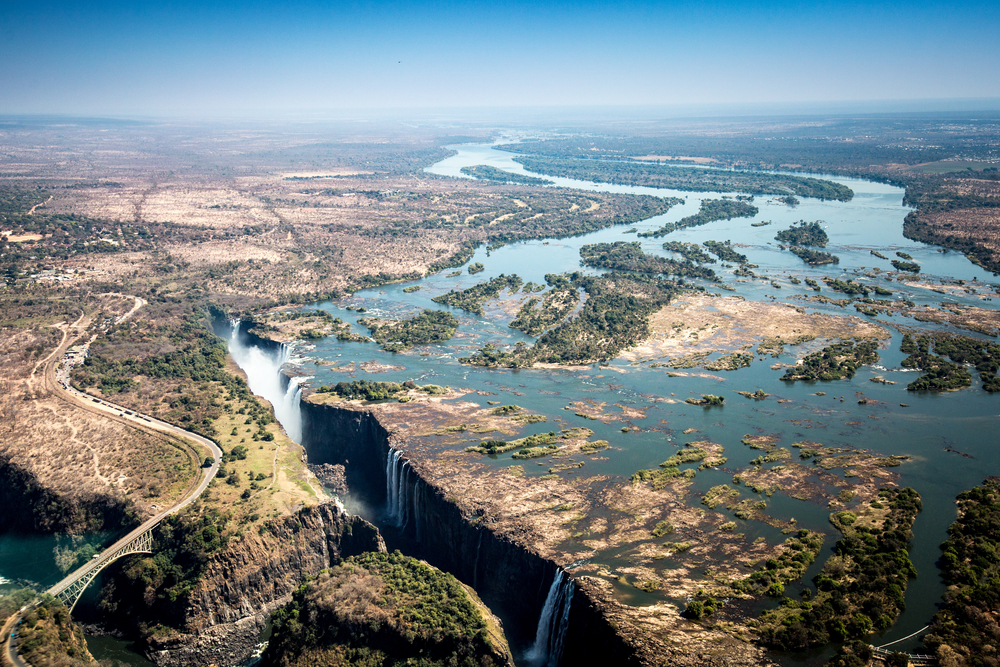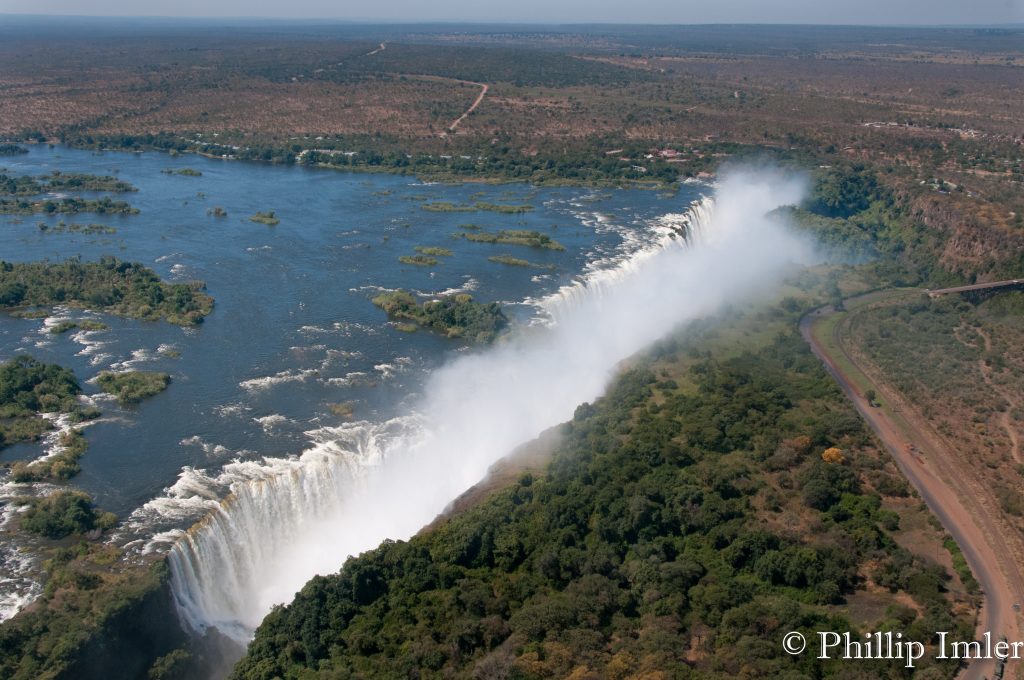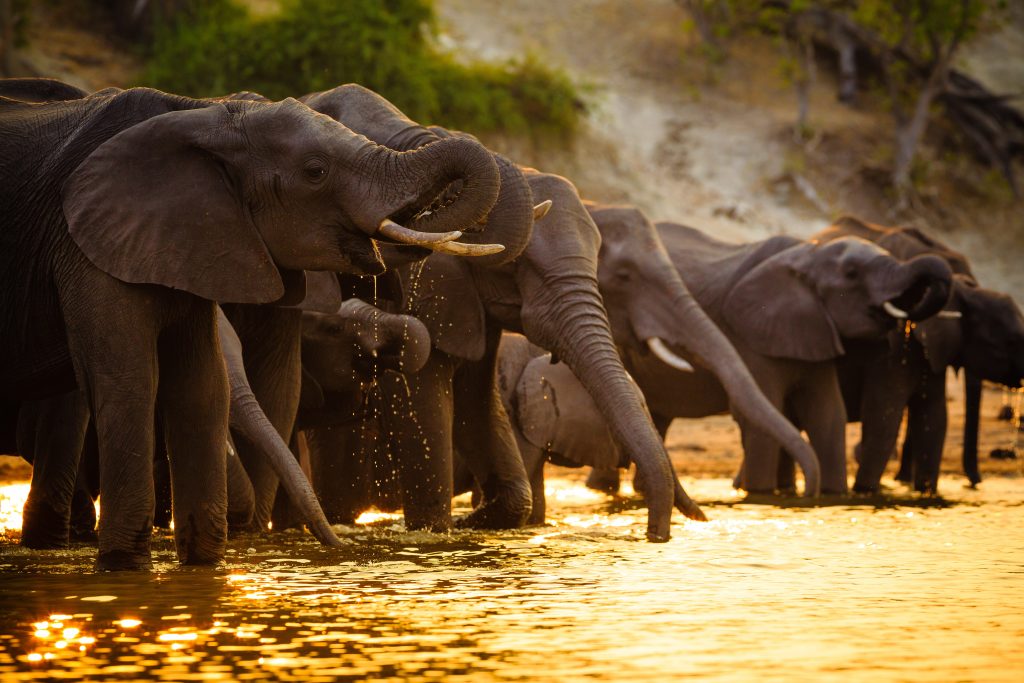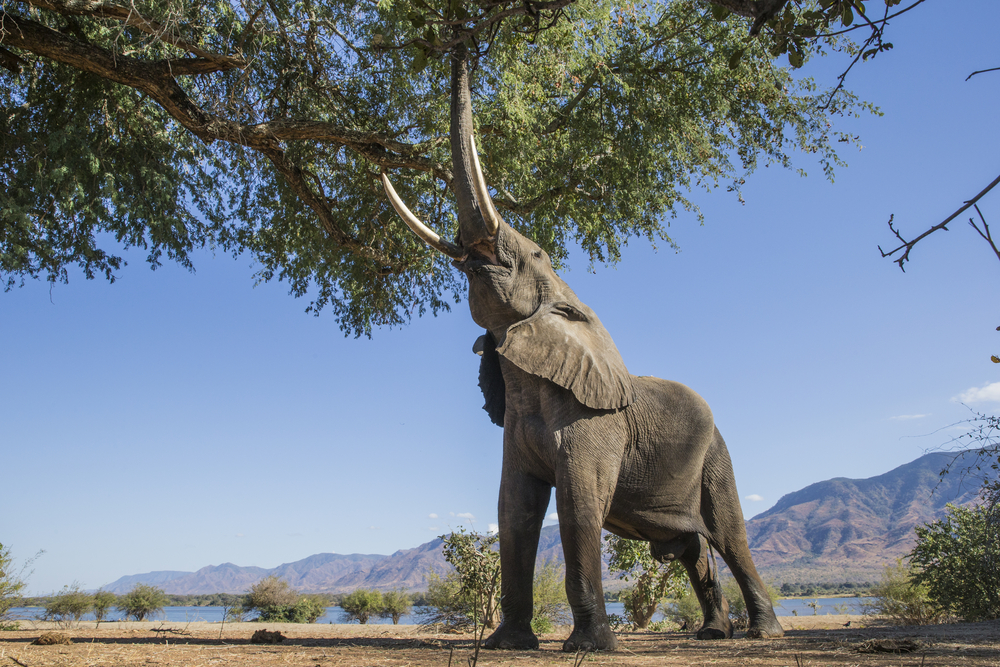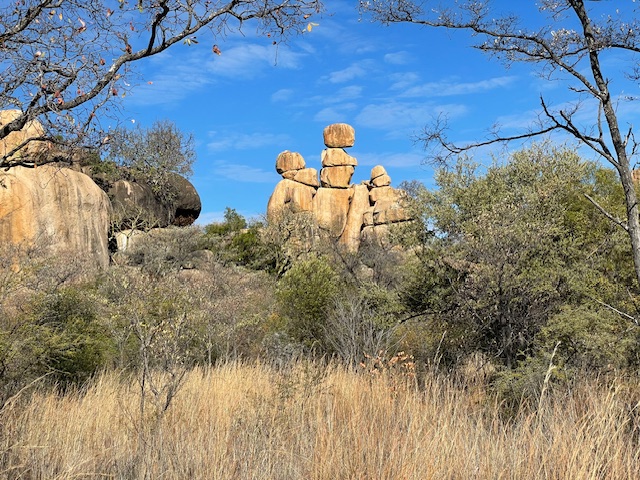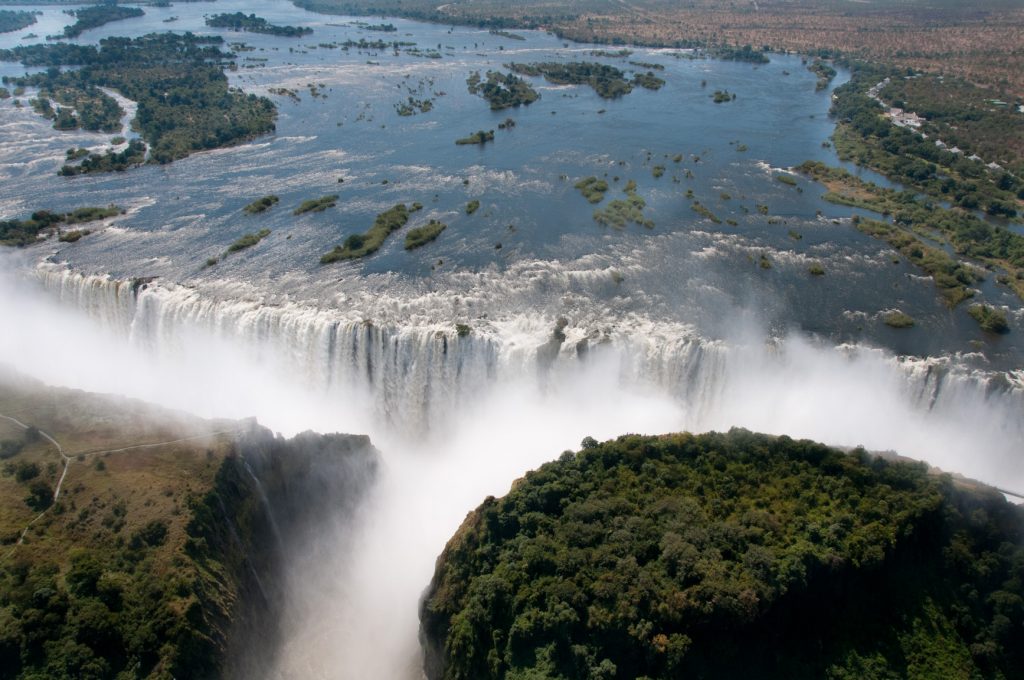Zambezi Overview
Zambezi National Park, known locally as “Parque Nacional do Zambeze,” is a stunning protected area in western Zimbabwe, near the iconic Victoria Falls. Established in 1979, the park covers approximately 56,000 hectares (138,379 acres) and is situated along the northern banks of the Zambezi River. The park’s landscapes and proximity to one of the Seven Natural Wonders of the World make it a must-visit destination for nature lovers and adventure seekers.
The park’s terrain is diverse, ranging from riverine forests and mopane woodlands to open grasslands and teak forests. The Zambezi River forms a natural boundary and provides picturesque views, with sections of rapids and calm stretches. While there are no significant mountains within the park, the gently undulating terrain and escarpments offer stunning vistas of the surrounding wilderness.
Zambezi National Park is renowned for its rich biodiversity and exceptional wildlife viewing opportunities. Visitors can encounter the Big Five—elephants, lions, leopards, buffaloes, and rhinoceroses—as well as a variety of other species, such as giraffes, zebras, and hippos. Aquatic wildlife, including crocodiles and numerous fish species, thrives along the Zambezi River. The park is also a haven for birdwatchers, boasting over 400 recorded bird species, including African fish eagles, Goliath herons, and the elusive Pel’s fishing owl.
One of the park’s highlights is its proximity to Victoria Falls, a UNESCO World Heritage Site and one of the largest waterfalls in the world. Visitors can combine a visit to the park with exploring the thunderous falls and the surrounding rainforest, offering a unique blend of adventure and natural beauty. Canoeing and fishing on the Zambezi River provide additional ways to enjoy the park’s aquatic ecosystems.
Conservation efforts in Zambezi National Park are a collaborative endeavor involving the Zimbabwe Parks and Wildlife Management Authority and various non-governmental organizations. These initiatives focus on anti-poaching measures, habitat preservation, and community engagement. Notable programs include efforts to protect the park’s elephant population and promote sustainable tourism practices that benefit local communities.
Visitors to Zambezi National Park can enjoy guided game drives, walking safaris, and boat cruises along the Zambezi River. The park offers excellent opportunities for both day visitors and overnight guests, with accommodations ranging from riverside lodges to well-equipped campsites. The dry season, from May to October, is the best time for wildlife viewing, as animals congregate around water sources.
In summary, Zambezi National Park combines breathtaking landscapes, abundant wildlife, and proximity to Victoria Falls, making it a premier destination for eco-tourism. Its ongoing conservation efforts ensure that this natural haven remains a sanctuary for wildlife and a source of inspiration for visitors worldwide.








































































